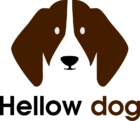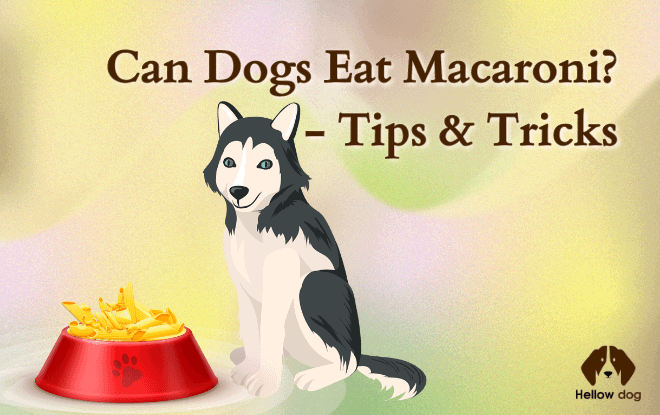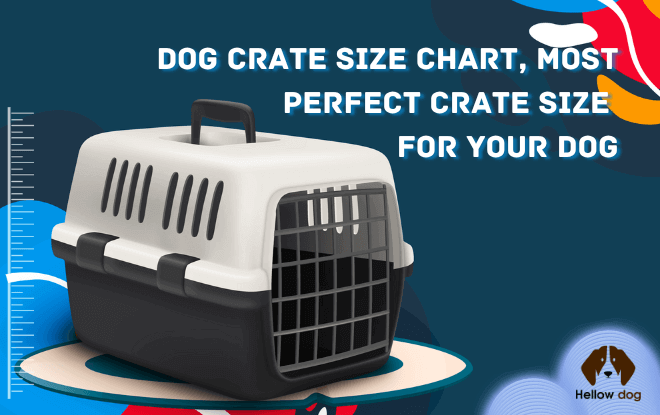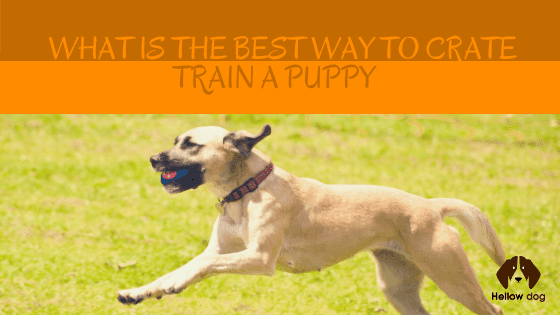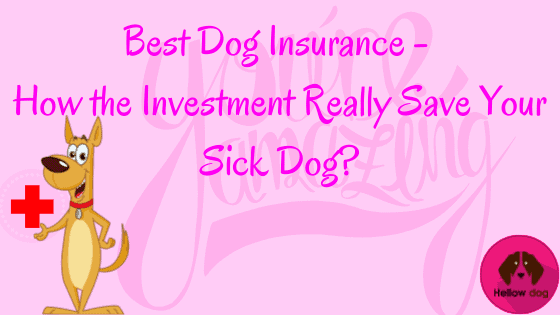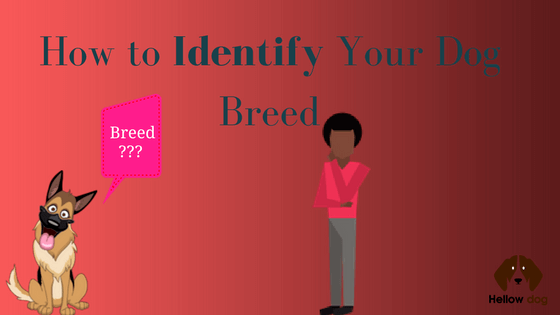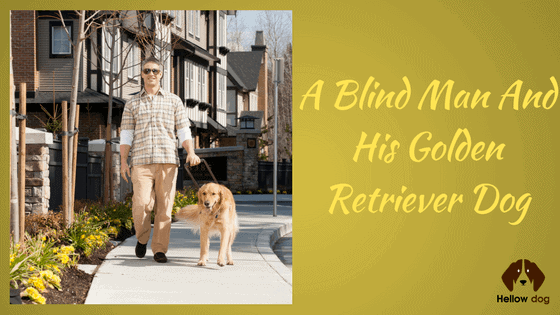There are distinct varieties of pasta, and they all typically have the same nutritional value. It is almost entirely composed of carbohydrates. Pasta does contain a minimal amount of protein and fat. Pasta has 158 calories per 100 grams, 13 grams of protein, 30.9 grams of carbohydrates, 1.5 grams of fat, and 62 grams of water, among others. Although these nutritional values depend on typical human consumption, there is very little research and studies on what benefits they can bring to your pet.
In terms of calcium, Vitamin B-12, potassium, selenium, phosphorus, and folate, pasta does offer a horde of nutritional sources. But what does this mean for your furry buddies, though? Is pasta safe for dogs? In particular, is macaroni good for your dog?
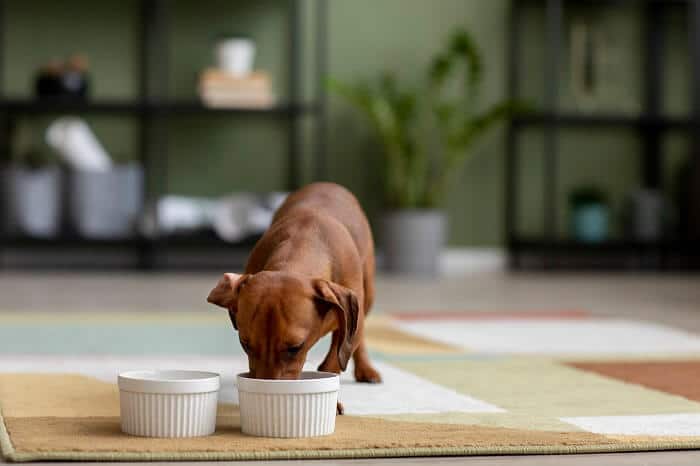
Carbs and Your Dog’s Stomach Needs
Yes, this traditional Italian dish composed of flour is edible by dogs.
However, the digestive system of our pets cannot break down pasta as well as that of a typical person. In addition, dogs need a lot of calcium and protein rather than calories from carbohydrates. Still willing to occasionally provide pasta? Actually, because pasta contains more than 80% of carbohydrates, canines are intended to consume relatively little of them. There is no advantage to supplementing your dog’s diet with a high-calorie, high-carbohydrate dish like mac and cheese or spaghetti, as well-proportioned dog food will already have all the required nutrients. Pasta is not harmful to dogs, but their bodies do not need it as much.
If you are still intent on giving your dog this food, you might as well go for the whole wheat kind. It is healthier, and there are also other pasta varieties, like those made of barley, rice, buckwheat, and lentils.
Pasta: Is it Good or Bad for Your Dog?
Can dogs consume pasta? Yes.
Does pasta work for canines? No, not always.
Even if we know that pasta is safe for dogs, that does not necessarily mean we should include it in their diet. According to experts in Petsolino, consuming more carbohydrates may not be as beneficial as we think since most of our pet dog’s diet consists mainly of fat and protein. There are also studies saying that a high-carb diet for dogs results in less nutrient absorption by their body compared to a low-carb, high-protein diet.
Dogs who consume a lot of carbohydrates may also put on unhealthful weight. It can result in more severe medical diseases like cancer, diabetes, arthritis, and heart disease. Additionally, it’s crucial for us to remember that the treats we give should not be more than 10% of their daily diet.
On a lighter note, wheat, the main ingredient of most pasta, contain a lot of dietary fiber. The amount of fiber in plain pasta is about 2%. There is no way to overstate how crucial it is to eat foods high in fiber. First, fiber can aid in your pet’s digestion. It nourishes the beneficial bacteria that inhabit every part of the animal’s digestive system. In a technical sense, these organisms are called the gut microbiome. Maintaining a healthy gut microbiome can act as a preventative measure against digestive disorders like damaged gut lining or leaky gut. Moderate supplementation of this high-fiber food to your pet’s diet may help to relieve digestive problems, loose bowel, and constipation.
Also, the amount of water in ordinary pasta is over 70%. It only means that it can also be an alternative food for your dogs to remain hydrated, especially for dogs not fond of drinking water.
Lastly, pasta is an excellent hideout for the pills that your dog refuses to take. You need only to cleverly hide the pill or medicine in a pair of pasta shells or in the holes of macaroni pasta.
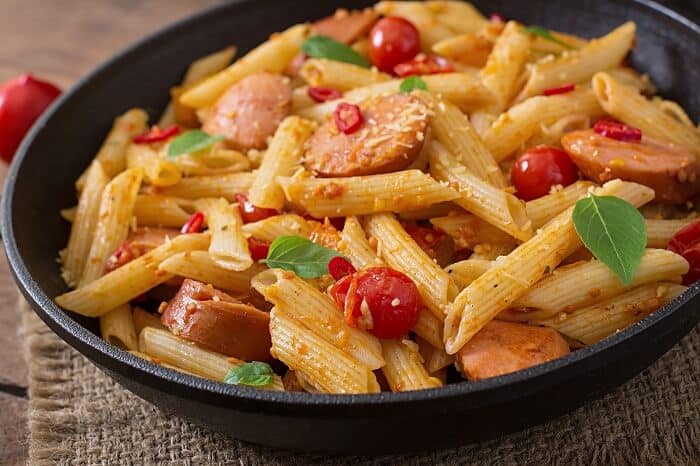
Plain Pasta vs. With Sauce
When your pet dog is appealing for treats, you may find it challenging to refuse those precious, yearning eyes. But always be mindful that by not giving in to their wants, especially if it is macaroni and other pasta dishes, you are helping them in the long term. If you decide to feed your dogs any pasta dish, you can offer them plain noodles with no additional sauce.
Why?
Quick snacks like Mac and Cheese and Spaghetti contains several artificial ingredients such as premade cheese, and tomato sauce, among others. Let us dissect the effects of these ingredients.
The artificial flavorings contain phthalates, a chemical used as a plastic softener. These chemicals are carcinogenic in nature when your dog has exposure to it for some time. In the long run, your pet may develop problems in the liver and kidneys.
You have to mind that cheese is also a dairy product. Pets can be afflicted with lactose intolerance just as much as humans do. It means that their digestive system cannot process it well. Aside from lactose intolerance, your dog may also suffer gassiness, nausea, diarrhea, and abdominal discomfort. In actuality, the cheesy foods we give to our pets contain more than three times their dosage recommendation.
What about pasta sauce? Most pasta sauces contain tomatoes, garlic, salt, sugar, and onions. Tomatoes are okay when fed in moderation, but onions and garlic are fatal ingredients for dogs. These Alliums contain thiosulfinates and disulfides that can cause anemia and other symptoms of blood poisoning. Salts and sugar should also be given in moderation, although the ones in sauces are minimal.
Pasta made out of wheat contains gluten which may cause allergic reactions in some dogs. It may be best to observe them after they eat, for they can develop symptoms like vomiting, patches of red skin, diarrhea, and some forms of skin irritation. Go for a gluten-free variety if you suspect they might be allergic. Be sure these gluten-free varieties are free from additives because they can also endanger your dog.
Spelled pasta, which is the predecessor of the wheat variety that we have today, has high solubility and is perfect for your dogs who do not do well with gluten-ridden ones.
Now, if we are only talking about plain pasta, whether cooked or uncooked, it is safe for your pets to eat. Pasta has eggs, flour, and water as its general mixture.
What Pasta is not allowed for Dogs to Eat?
Number one on this list would be feeding them raw pasta. It is mostly because the eggs in raw pasta may contain parasites, bacteria, and other dangerous microorganisms. Dogs should also never consume yeast dough in cases where you are the one making the pasta noodle itself. If consumed, yeast could cause nausea and diarrhea. If it happens that your pet has eaten a portion of raw pasta, it will be best to have a quick visit to the vet.
Pink pasta is also a no-no for your pet dogs. This kind of pasta is a combination of Alfredo and Spaghetti sauce. The former sauce has high milk and cheese content, and the latter has high salt content. It is enough to see why you should avoid giving this kind of pasta as a treat.
Ravioli pasta is also not an option for dog food. Aside from garlic and onions that is has, it boasts a high content of salt.
What to Do If Your Dog has Eaten Pasta?
Your immediate thought maybe is to run to the nearest vet clinic. Well, you are not wrong, but first, observe for any signs and symptoms of food poisoning or allergic reactions, then try and organize your thoughts and think of how much your pet has eaten and what might have been in the pasta. Your detailed information will help your vet more in giving the treatment your pet needs.
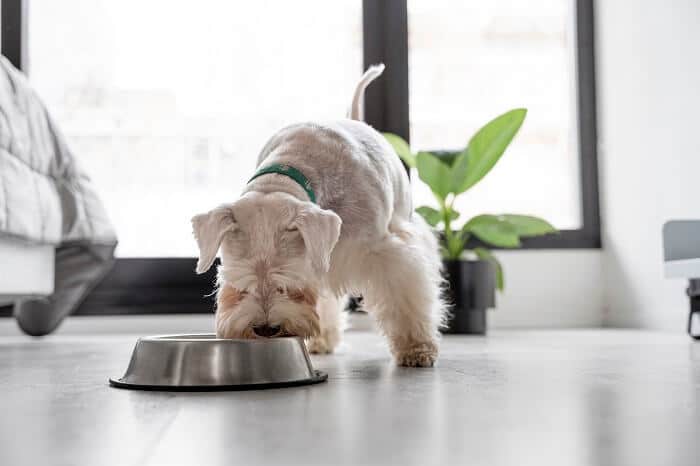
How to Properly Feed Your Dog with Pasta
Yes, most dog parents want to feed their pets what they also eat. In this case- pasta. Making the pasta yourself is the safest way to serve it to your dog. You have more control over the food’s possible ingredients because of this. The good thing is that you can try as many dog pasta recipes as you like. But keep in mind to use plain water for boiling the pasta. Do not include condiments, oil or fats, spices, or other ingredients that can be poisonous to dogs. Once you have prepared the food, give it in moderation.
There are also other factors you have to consider, like the ratio of the portion you give according to your pet’s age and weight.
How Frequently Should Your Dog Eat Pasta?
Dogs shouldn’t consume much and too often. It ought to be a rare pleasure or a treat. In fact, vets advise limiting your dog’s weekly intake of basic, cooked noodles to one or two pieces. It can be okay for larger dogs to give them pasta every now and then if they do not eat as much sugary treat.
Another factor you can look at in determining when to give your pet pasta is their size and the portions of food they ate for a particular day or week.
Wrapping Up
It is wise to restrict your dog’s intake of pasta. In the end, it is up to us, pet owners and dog parents, to employ discipline in preparing the food portion of our pets and not the other way around. You can occasionally give your dog a couple of pieces of cooked, plain noodles. If you must offer them this meal, do be mindful to avoid serving it to your pets if possible.
